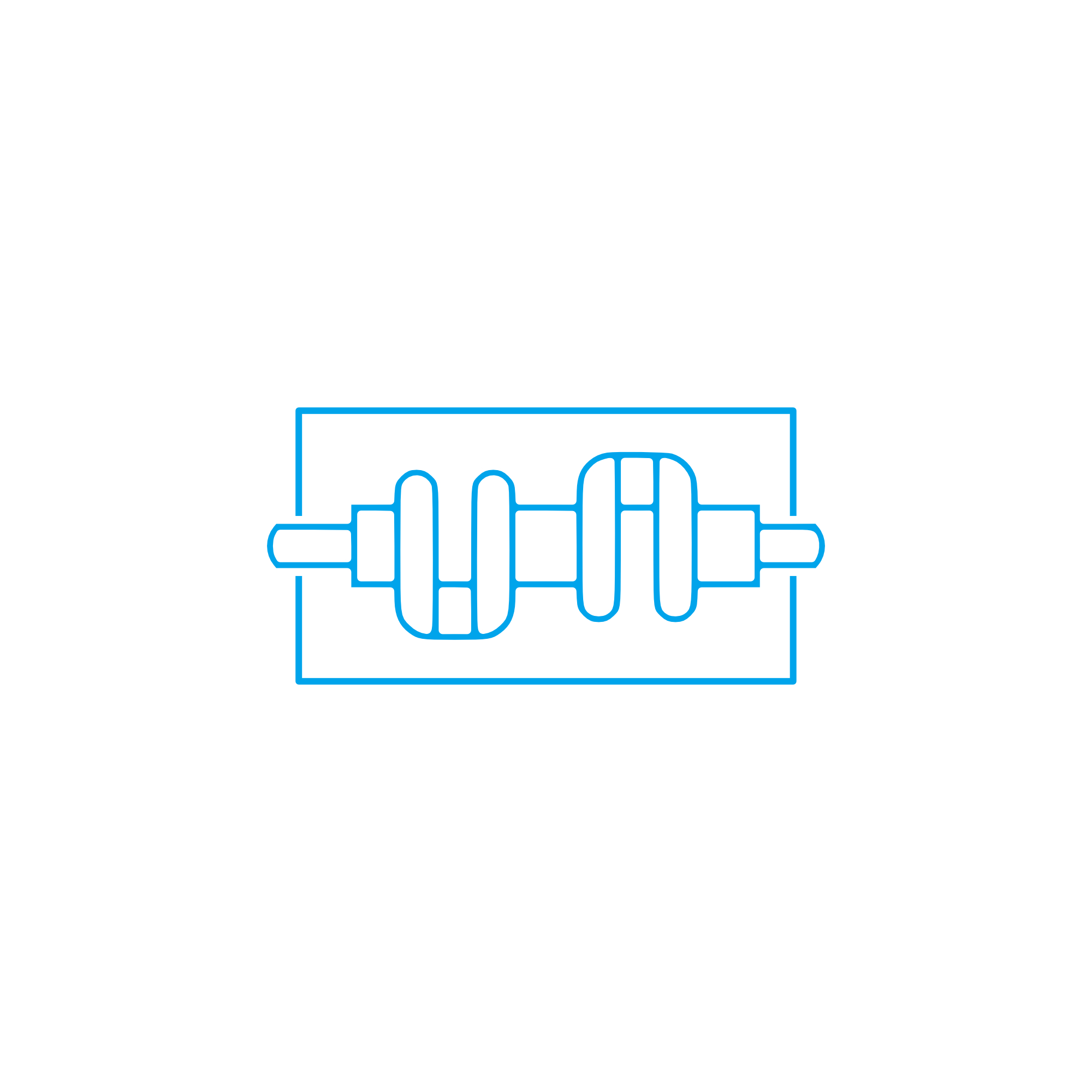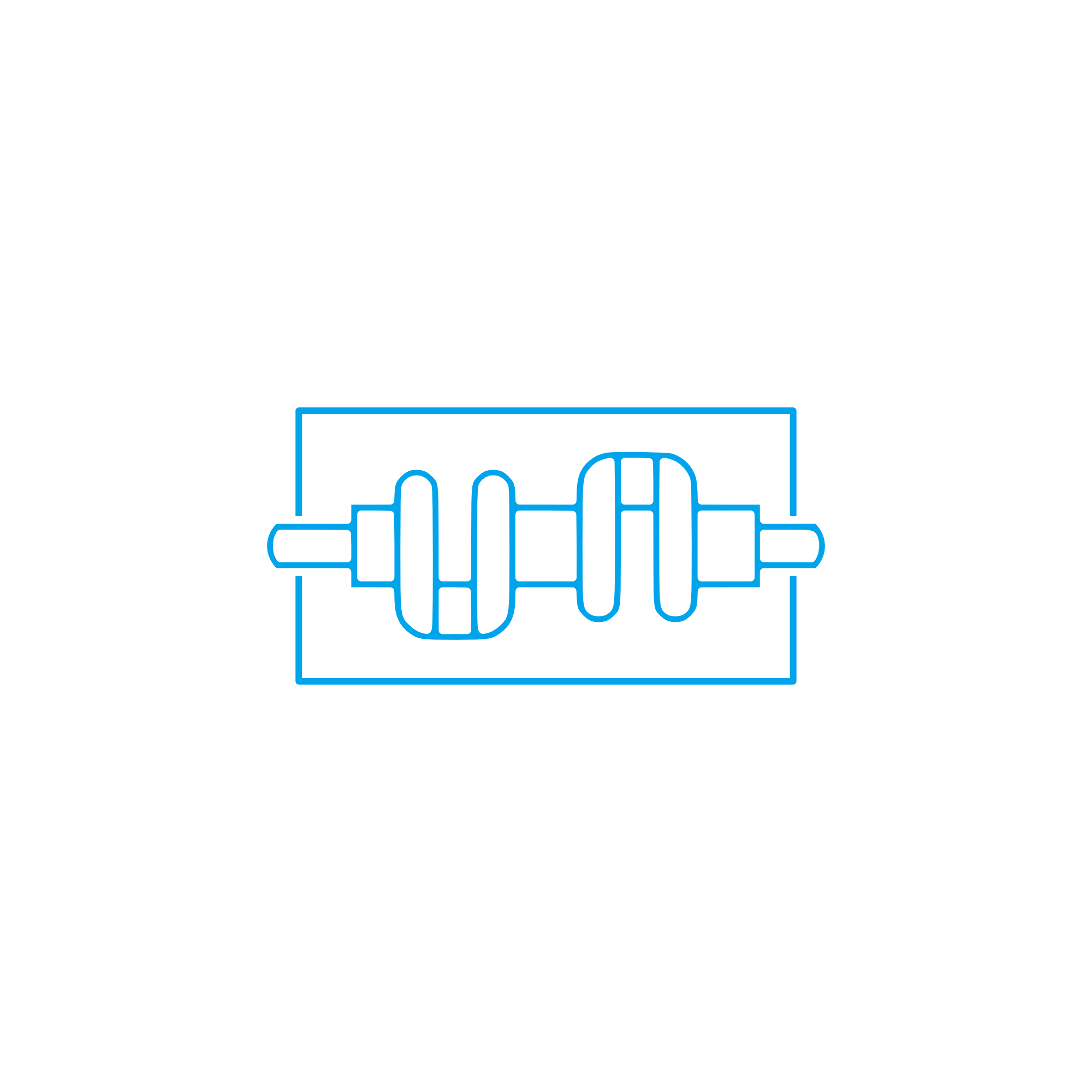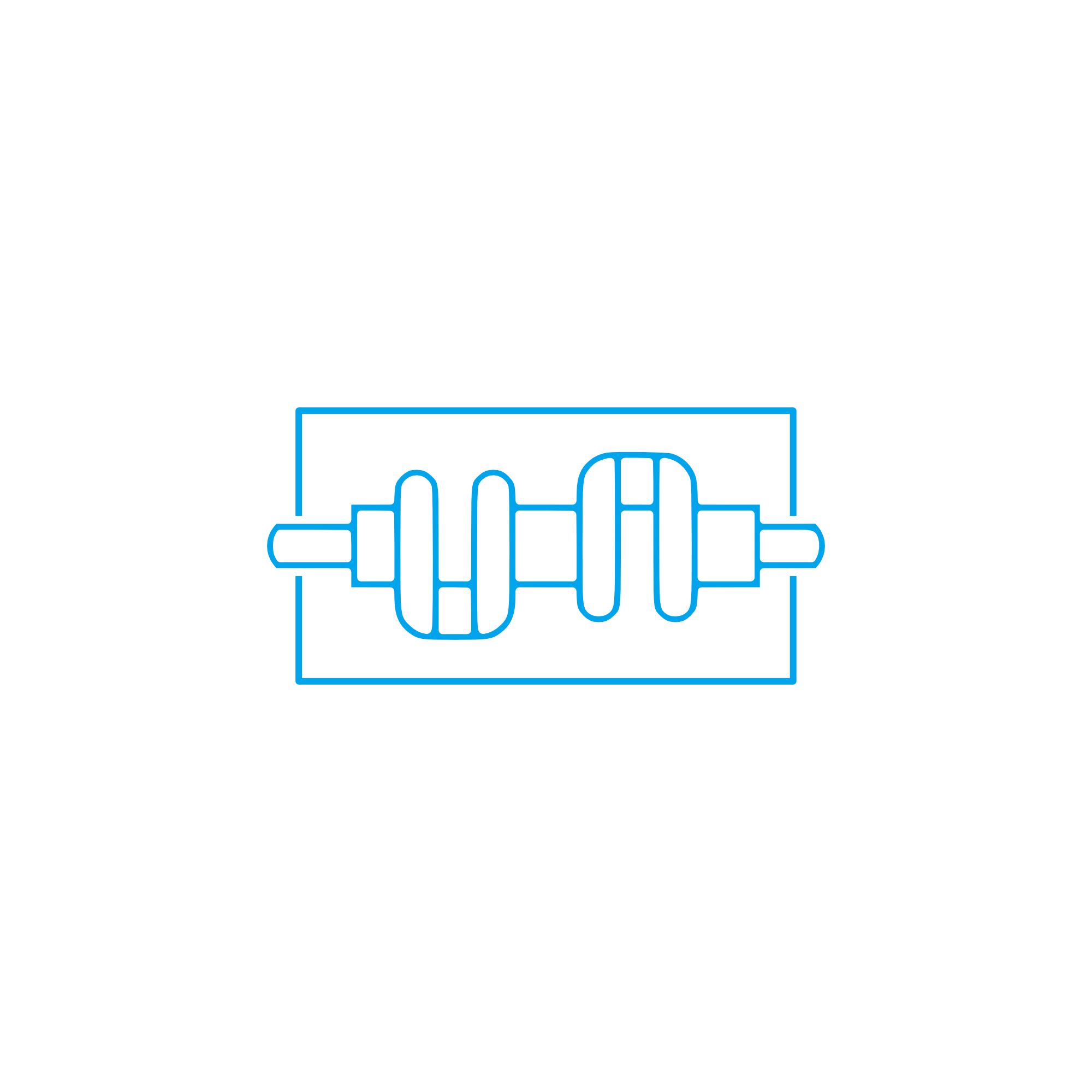OIL SUMP and Crankcase Parts for Robust Engine Performance
Crankcase parts form the structural and lubrication foundation of any internal combustion power unit. This article category covers components such as the oil sump/pan, bedplate, main-bearing caps, crankcase housings, inspection doors, explosion relief valves, oil strainers and pickups, baffles and windage trays, breather/CCV assemblies, seals, gaskets, and drain plugs. Together they ensure a clean, pressurized oil supply, rigid crankshaft support, effective sealing, and safe ventilation. In heavy-duty diesel and gas applications—especially in marine propulsion and power generation—the integrity of these parts directly affects uptime, efficiency, and safety.
Whether installed below a compact high-speed diesel engine or a large-bore marine engine, the crankcase assembly must resist dynamic loads, thermal cycles, and corrosive blow-by while managing high oil flow rates. The OIL SUMP is the primary oil reservoir and thermal buffer, while the rest of the crankcase parts maintain alignment, prevent leaks, and protect the engine from hazardous oil mist ignition.
Technical Function: How Crankcase Parts and the OIL SUMP Work in a Diesel or Marine Engine
The crankcase is the lower engine structure that carries the crankshaft and main bearings. Its bedplate and caps maintain precise bearing crush and alignment under firing loads, minimizing friction and preventing metal-to-metal contact. The OIL SUMP collects return oil, allows air release and de-aeration, and presents a consistent oil head to the pump. In an OIL SUMP marine engine, baffles and windage trays counteract vessel motions and crank windage, preventing pump starvation and reducing oil foaming. In an OIL SUMP diesel engine used for land-based power, sump volume and geometry help stabilize oil temperature and support longer service intervals.
The oil strainer and pickup sit within the sump to feed the pump with debris-free lubricant. Labyrinth seals, gaskets, and precision-machined mating faces keep the system oil-tight, while the breather or closed crankcase ventilation (CCV) assembly controls blow-by, avoiding pressure build-up that can drive leaks. Explosion relief valves on large engines open at calibrated pressures to vent and quench a potential crankcase explosion, a critical safeguard in marine and power plant environments. Inspection doors give maintainers safe access to bearings and connecting rods for condition checks without dismantling the entire engine.
- · Rigid support for crankshaft and main bearings
- · Stable oil reservoir with OIL SUMP baffles and windage control
- · Effective sealing via high-quality gaskets and machined interfaces
- · Controlled crankcase pressure with breather/CCV systems
- · Integrated safety through explosion relief valves (large engines)
- · Service access via inspection doors and drain points
- · Optimized oil pickup placement to protect against starvation
Importance for Engine Operation: Reliability, Efficiency, and Safety
Healthy crankcase parts safeguard lubrication stability and bearing life—the core of engine reliability. When the OIL SUMP and related components are in proper condition, the oil pump consistently receives air-free lubricant, temperatures stay within design limits, and the crankshaft runs true. Conversely, worn seals, warped flanges, or cracked sumps can trigger oil leaks, low oil pressure, and bearing distress. Aerated oil from poor baffle design or damaged windage trays reduces film strength, accelerating wear on journals and cams. Blocked breathers elevate crankcase pressure, pushing oil past seals and contaminating the engine room or enclosure.
In marine service, inadequate OIL SUMP slosh control can cause intermittent oil pickup starvation in heavy seas, leading to catastrophic bearing failures. Corrosion from acidic blow-by or incompatible coolant leaks can attack the sump and inspection doors, while misaligned main-bearing caps due to distorted housings create hotspots and fatigue cracking. Lapses in explosion relief valve condition raise the risk of crankcase explosion in large-bore engines. Each of these issues can escalate into unplanned off-hire, environmental incidents, and major repair costs.
Advantages of OEM Spare Parts Suitable for Crankcase Parts
Using OEM spare parts suitable for the crankcase—covering items like the OIL SUMP, bedplate hardware, gaskets, pickups, CCV elements, and relief valves—helps preserve the engine’s designed clearances, flow paths, and safety settings. OIL SUMP OEM parts are dimensionally consistent, with verified material certificates and surface finishes that ensure proper sealing and structural stiffness. Baffle geometry, pickup height, and drainage angles are validated to maintain oil delivery under tilt, roll, and high-G transients. Relief valves arrive with calibrated opening pressures, and CCV cartridges match specified filtration efficiency for emissions and oil mist control.
For purchasers and fleet managers, this translates into measurable results: predictable installation time, lower fluid losses, stable oil pressure, and reduced bearing temperatures. Overhaul intervals can be planned with confidence because component life matches engineering intent. Traceable supply and consistent metallurgy lower the risk of premature cracking or thread pull-out in high-stress regions of the crankcase. The overall effect is stronger performance, better reliability, controlled maintenance budgets, and a longer engine service life.
OIL SUMP OEM Parts and Compliance
In marine and power generation contexts, staying aligned with class and manufacturer specifications is vital. Spec-correct OIL SUMP OEM parts support compliance with safety requirements for crankcase relief and ventilation, help maintain emissions performance through proper CCV function, and reduce the likelihood of oil spills by ensuring seal compatibility and precise mating surfaces.
MOPA as Your Partner for OEM Spare Parts: Crankcase Parts and OIL SUMP
MOPA is an experienced and reliable partner for OEM spare parts in the Crankcase parts category. We focus on speed, quality, and security in the global trade of OEM parts for diesel and gas engines. Our network and product know-how help you source OIL SUMP assemblies, inspection doors, relief valves, gaskets, and related hardware with short lead times and full documentation. Technical support assists with part identification across engine families, ensuring the right fit and specification from the first inquiry.
From marine engine operators to power plant maintainers, MOPA streamlines procurement, mitigates supply risk, and supports safe, efficient overhauls. Secure packaging and logistics protect precision surfaces and sealing edges in transit, minimizing installation issues and downtime.
Conclusion: Crankcase Parts and OIL SUMP Value
Crankcase parts—anchored by a well-designed OIL SUMP—are central to lubrication stability, bearing life, and engine safety. Selecting OEM spare parts suitable for Crankcase parts preserves designed performance, reduces unplanned stops, and extends service life. MOPA supports you with fast, secure access to the right components for diesel and gas engines worldwide.




